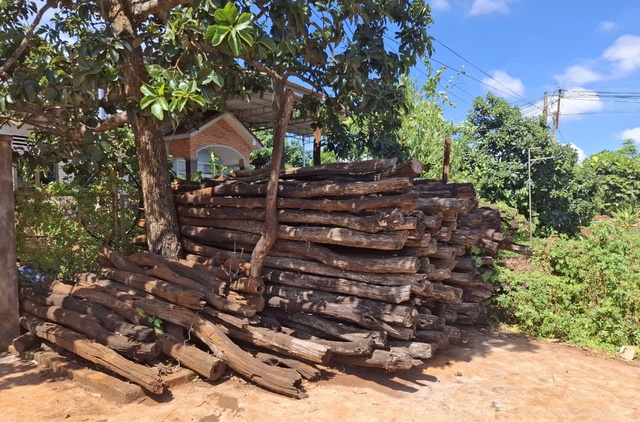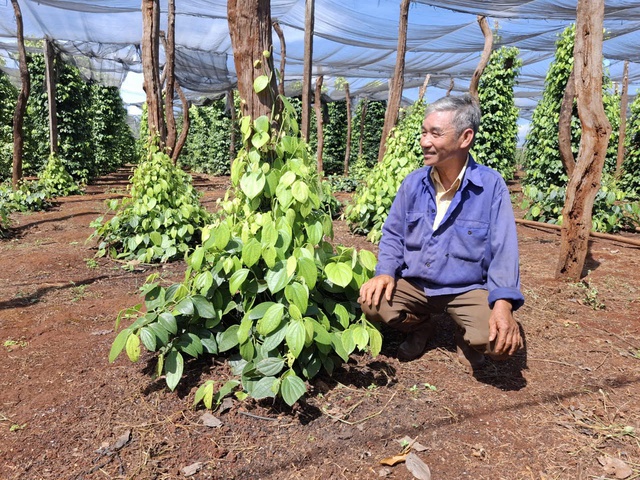Domestic supply struggles drive Vietnam’s pepper imports to $108 million
Facing limited domestic output and high global prices, Vietnamese companies imported significant quantities of pepper, totaling VND 2.7 trillion ($108 million) in the first 10 months of 2024.
According to preliminary statistics, over the past 10 months, enterprises have disbursed $108 million to import pepper. This marks a significant 38.2% increase compared to the same period last year.
Most of the imported pepper comes from Brazil, Indonesia, and Cambodia.
Phan Minh Thong, Chairman of Phuc Sinh Joint Stock Company, stated that Vietnam’s pepper industry is benefiting from high export prices due to limited supply.
“This year, pepper farmers have enjoyed higher selling prices. On the other hand, export companies have struggled to buy sufficient domestic pepper, which is one reason Phuc Sinh has imported significant amounts from Brazil and Indonesia,” Thong explained.
The main reasons include reduced domestic production, farmers holding back supplies to speculate, and prolonged droughts exacerbating the scarcity of local pepper.
On the other hand, the Ministry of Agriculture and Rural Development (MARD) reported that in the first 10 months of 2024, Vietnam exported about 220,300 tons of pepper, with an estimated value of $1.12 billion. Although the export volume decreased by 2.3% compared to the same period last year, the value surged by 48.2%.
The average export price of pepper over the 10 months of 2024 was estimated at $5,084 per ton, up 51.7% from the same period in 2023.
The main export markets include the U.S., Germany, and the United Arab Emirates (UAE), which together accounted for 44.2% of Vietnam’s “black gold” export value over the first 9 months of 2024. Notably, exports to Germany increased by 2.4 times compared to last year.
Tam An












